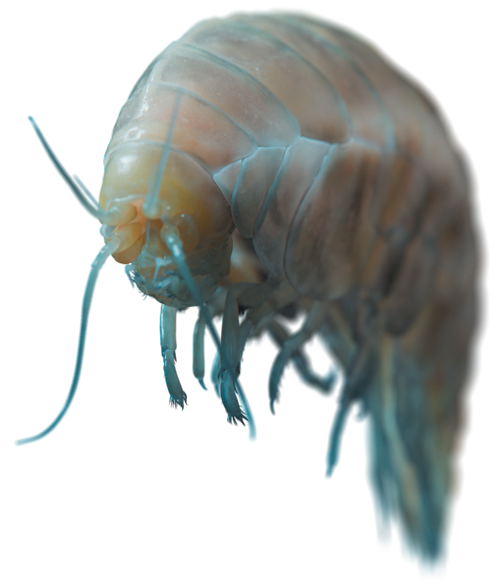A new deep-sea species named after
the plastic that contaminates it.
Researchers at the University of Newcastle have recently named a newly discovered species after plastic. Although it lives far away and at great depths, microplastics were already detected in the body of the amphipod when it was discovered. Eurythenes plasticus is approximately 2.5 cm long and was discovered at a depth between 6,010 m and 6,949 m in the Mariana Trench near the Philippines. This is the deepest place on earth at about 11,000 m. The plastic found is polyethylene terephthalate (PET). PET is used, among other things, to manufacture plastic bottles, films and textile fibres.



